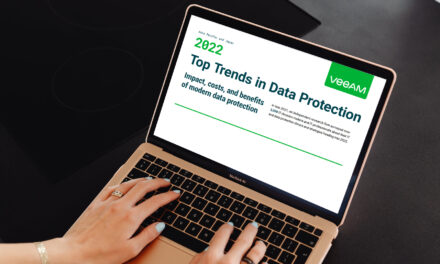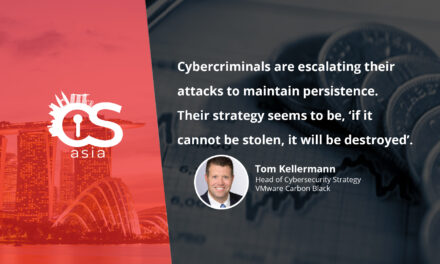According to one marketing research firm’s forecast, the STIR/SHAKEN framework and AI-driven solutions will reverse the rise of robocall fraud soon.
Based on 6,300 telecoms market statistics for around 60 countries within a five-year period*, a market research and consultancy firm has asserted that global losses to “robocalling fraud” will peak at over US$80bn this year.
Robocalling fraud refers to malicious automated calls impersonating trusted entities to steal personal information for financial gain, primarily harming consumers.
With AI already in use to boost the believability and real-time responsiveness to authentication challenges within robocalls, the momentum of this type of fraud is expected to continue, while regulatory measures and technological frameworks targeting such crimes are expected to reach a tipping point by 2026 to cause a decline in such fraud.
The theory is that, as robocalling fraud mitigation frameworks mature, and as the adoption of branded calling solutions accelerates, “the growing impact of regulatory and technological frameworks, such as STIR/SHAKEN and Branded Caller ID (BCID), will restore trust in voice communications by authenticating caller identities and enabling consumers to make informed decisions on incoming calls.”
To mitigate the potential harms of robocalling fraud, mobile subscribers need to be educated about the common methods used in the fraudulent schemes. Additionally, the firm urges stakeholders, including operators, regulators, and vendors, to implement a collaborative multi-layered approach that provides robust enterprise framework-based authentication for voice calls; AI-based threat detection; and subscriber awareness campaigns. This approach can position network operators to protect mobile subscribers against fraudulent losses that occur over the voice channel, according to the commercial report and market forecast that it is selling.
An extract from the report lists whitelisting, blacklisting, Do Not Originate, number blocking, and call rate monitoring/limiting as current solutions being used to intercept robocalls.
The firm promoting this cybercrime forecast and telecoms market trends report, Juniper Research,
*As the dataset used for the forecasting and trend trajectory aspects is available only to paid subscribers of the research, readers are advised to exercise discretion in attributing accuracy and credibility to any of the predictions and assertions reported here.

















